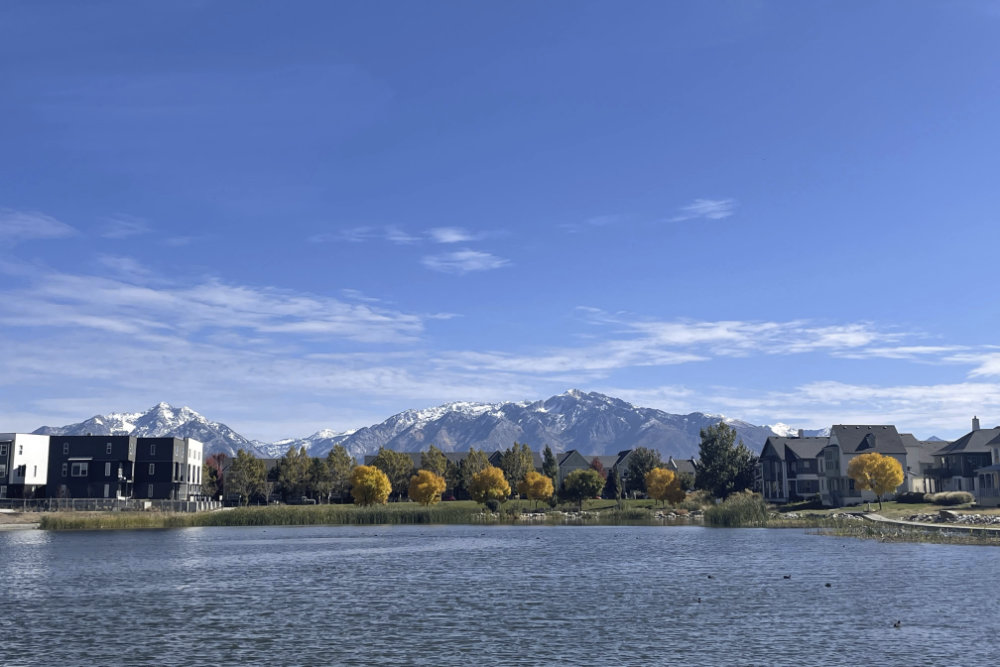Following up on my earlier post “Optimizing Your Pay-per-Click (PPC) Campaign – Part 1″, today I will focus on placement bidding, landing page targeting by keyword and managing the content network. In case you missed the original post I discussed geo-targeting, the search query report and, effective day-parting.
Placement Bidding – The natural inclination of every marketer is to shoot for the highest position on any given keyword. The answer is never that simple and this strategy can be very expensive. While there are words for which you do want to rank in the top slot, there are instances when ranking in the third or fourth slot actually makes more sense. I’ll be honest though, the slot that is best for your keyword is not easy to identify. It can take lots of testing and close analysis to determine the most profitable position. At the end of the day the ROI at the keyword level should determine the best position for that particular word.
Whenever I start a PPC campaign I start by bidding for the mid-low positions. This would be potions four and below. The reason I do this is because I don’t to waste money right away. Plus I want to learn as I move up in position (which is cheaper) than when you move down in position (which is more expensive). I allow three to four days of data collection before making adjustments to the bid price. Words that receive high impressions and good CTR (greater than 2%) I start bidding higher and moving up in position. Then I closely monitor the ROI and keep track of any sweet spots I identify.
Once I have found spots that work for certain words then I utilize the placement bidding option in AdWords to lock in the position. Placement bidding automatically adjusts your bid price so you maintain the position. The default option in AdWords is that your bid price stays the same and your position changes accordingly. So, by choosing placement bidding you’re locking in your position (within a certain bid price range of course).
I’ve found that placement bidding can be a powerful tool in lowering the cost of keywords and maintaining a strong ROI.
Landing Page Targeting by Keyword – Grouping a similar set of keywords into the right ad group is a fundamental part of a successful campaign. This helps to improve your quality score both at the keyword level and the ad level. However despite your best efforts there will always be a few words that do not quite match the theme of the adgroup and hence it does not make sense to diver all words to the same landing page.
Or, sometimes what I’ve found is that a particular word outperforms all the other words and you want to send some words to a different landing page to improve performance. Furthermore, there are instances when a particular keyword will appear in the search query report and you want to improve conversions for this particular word. This will of course necessitate using a different landing page than the one for the adgroup.
What I’m saying is that regardless of how well the keywords are grouped together in an adgroup there are always instances when you might be interested in diverting traffic for one word to a particular land page. I have found this to be very helpful in improving ROI. For example, for a particular hospitality client I was working for, I found that the word “romantic” was a common search query. However, the word was grouped with other similar words and was going to the same landing page. I wanted to see if I could improve conversion for only queries with “romantic” and so diverted this to a different landing page. I found that doing so dramatically improved ROI for this word. This discovery resulted in creating a romantic specific offers and its own targeted landing page.
Managing the Content Network – When setting up a new campaign one of the first things I recommend you do is create two campaigns for the same set of words. Set one campaign for the search network and the other for the content network. There are many reasons for this but the primary reason is this delineation will help you better manage the ROI of your campaigns.
For instance, over time you will see that the ads that work on the search network may not work on the content network and vice versa. Additionally, the content network is cheaper than the search network, so being able to control the bid price for each is very important in delivering high-performing PPC campaigns. Finally, while you manage position on search networks you’re managing content websites on the content networks. The tactics you employ to improve performance is different for these two metrics.
In the long term you will see that the content network has lower CTR, high impression but is cheaper. The ads you deliver here will be different than on the search networks. Search traffic on the other hand will have higher CTR and lower impressions and will tend to be more expensive. This is not to say that the search network is not profitable, it is. The only difference is that you need to manage it differently than the content network in order to see a good ROI. Lumping the two together makes it very difficult to manage effectively and consequently result in lower ROI on both networks.
As I mentioned in Part 1 of this series, I’ve identified seven factors that make a strong PPC campaign. These are: geo-targeting, the search query report, effective day-parting, placement bidding, landing page targeting by keyword, managing the content network and, effective keyword discovery, research and utilization.
I will discuss keyword discovery, research and utilization in the next post. Stay tuned.
Related articles by Zemanta
- Understanding Google Adwords Quality Score (smtusa.com)
- Using Landing Pages to Maximize PPC Results (smtusa.com)
